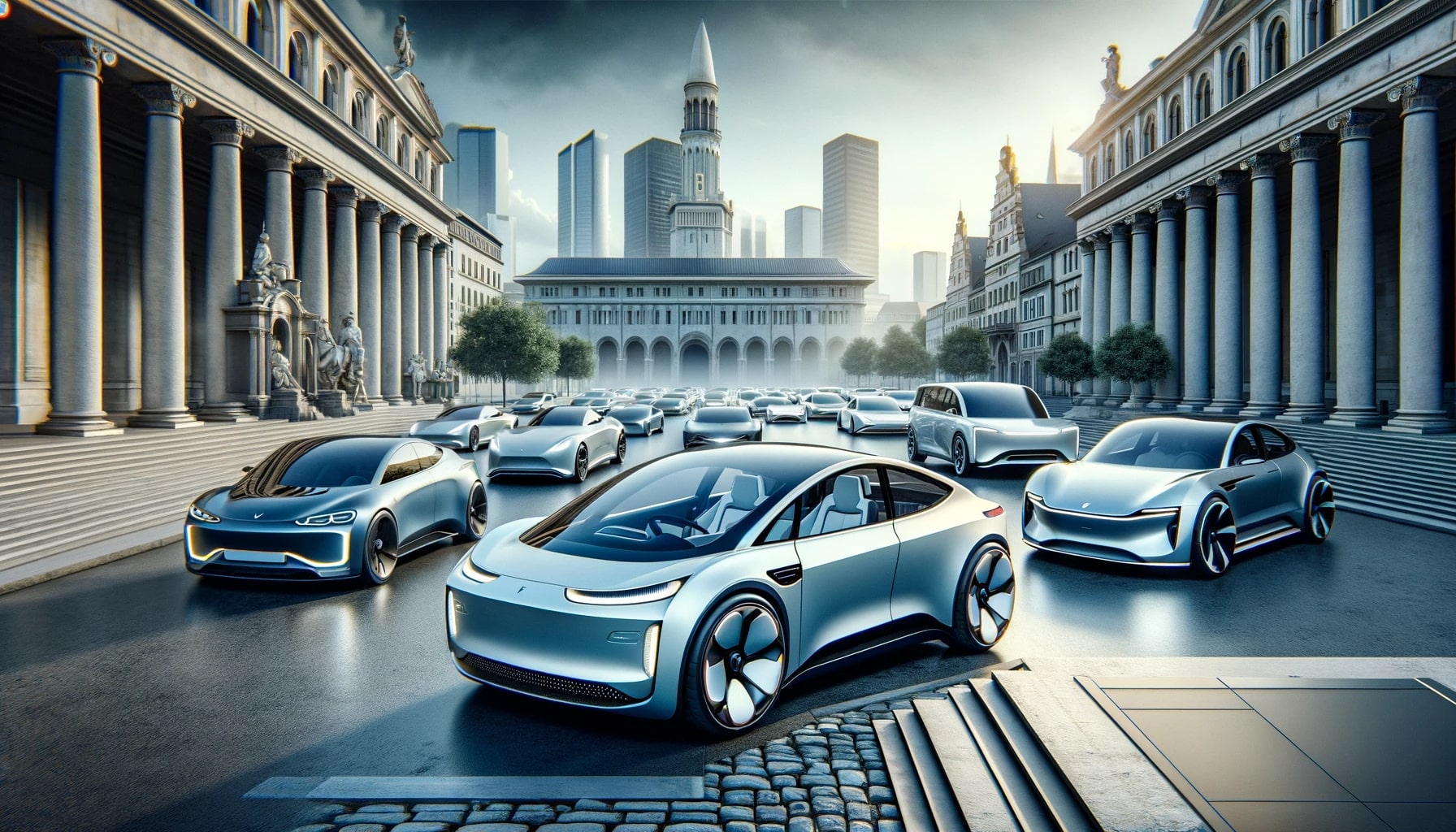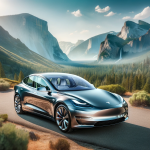Polestar’s recent shareholder restructuring marks a pivotal shift in its corporate dynamics, potentially heralding significant impacts on its market presence and technological advancements. With Volvo reducing its stake and Geely stepping up as a major shareholder, this strategic move could redefine Polestar’s trajectory in the competitive electric vehicle (EV) industry. This transition comes at a time when the company is set to launch several new models which could either buoy or burden their market performance.
The automotive industry has witnessed Polestar’s evolution from a performance sub-brand of Volvo into a standalone electric vehicle innovator. Over the years, the brand has aimed to carve out a niche in the rapidly growing electric vehicle market, emphasizing sustainability and innovation. The recent financial maneuvers and structural changes underscore a broader strategy aimed at enhancing liquidity and shareholder value, following their public listing in 2022. This strategic realignment is seen as a crucial step for Polestar in bolstering its financial foundation and market position amidst intensifying competition and evolving market demands.
Who Stands to Gain from Polestar’s Restructuring?
The reshaping of Polestar’s ownership structure could benefit multiple stakeholders. For Geely, increasing its stake presents an opportunity to more tightly integrate Polestar’s EV technology with its broader automotive ambitions. On the other hand, Volvo, despite reducing its share, maintains a significant stake, suggesting a continued strategic interest in Polestar’s success, potentially as a conduit for its own electrification efforts. This reorganization may also attract new investors looking for a stake in a promising EV company with strong industrial backing.
What Does This Mean for Polestar’s Technological Development?
In a relevant study published in the Journal of Automotive Innovation, researchers explored the impact of shareholder structure on technology development within automotive companies. The paper, titled “Shareholder Influence on Automotive Innovations,” suggests that diverse and strategically aligned shareholders can accelerate technological advancements by providing varied resources and perspectives. Applying these insights, Polestar’s new shareholder configuration could foster enhanced innovation, leveraging Geely’s reach and Volvo’s technological prowess, thus driving forward their EV capabilities.
How Are Market Dynamics Likely to Shift?
Polestar’s latest strategic shifts occur amidst a global escalation in EV adoption, where market dynamics are increasingly influenced by technological innovation, regulatory policies, and consumer preferences. The introduction of new models and the recent funding acquisition point to an aggressive push to capture a larger market share and meet the growing appetite for electric vehicles worldwide.
Points to Consider
- Geely’s increased share could mean more aggressive expansion in Asia.
- Volvo’s continued involvement ensures some level of technological transfer.
- Polestar’s NASDAQ listing and recent capital influx bolster financial resilience.
Polestar’s latest strategic overhaul, marked by shareholder restructuring and new model introductions, suggests a robust blueprint for navigating the choppy waters of the global EV market. With Volvo and Geely adjusting their stakes, the company is not just reshuffling its ownership but is also strategically positioning itself to leverage synergies between its technology and its shareholders’ broader automotive aspirations. This could potentially accelerate its technological innovations, boost its market competitiveness, and expand its global footprint in the EV sector. Thus, these moves could very well dictate Polestar’s ability to become a dominant player in the electric vehicle industry.










